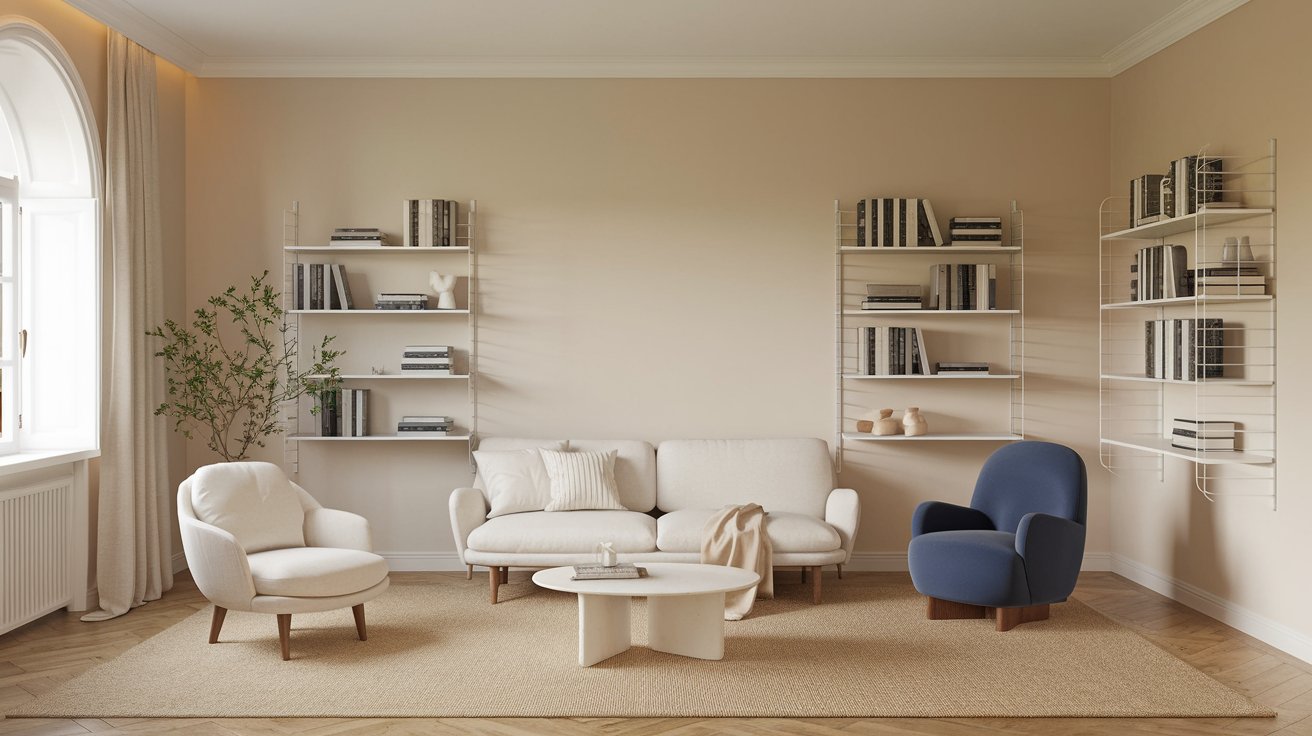Neuro-Design: Shaping Spaces to Enhance Your Cognitive Well-being
As the cross-section of neuroscience and interior design is changing our paradigm about living space, we find ourselves amidst unfolding research that reveals the spin-chilling effects of environment on the functioning and health of our mind. Designers are increasingly borrowing principles from neuroscience to create rooms that very much facilitate cognitive health. With this article, we would like to explore how neuro-design is on the frontline of the future of interior spaces.
Understanding the Brain-Space Connection
Our brains are always interpreting signals from our surroundings. These signals influence our stress levels, creativity, and overall mental state. Neuro-design recognizes this crucial link and uses research-based methods to develop spaces that enhance brain function. Evidence indicates that environments carefully crafted to align with how our brains operate can improve memory, alleviate anxiety, increase focus, and boost mental health.
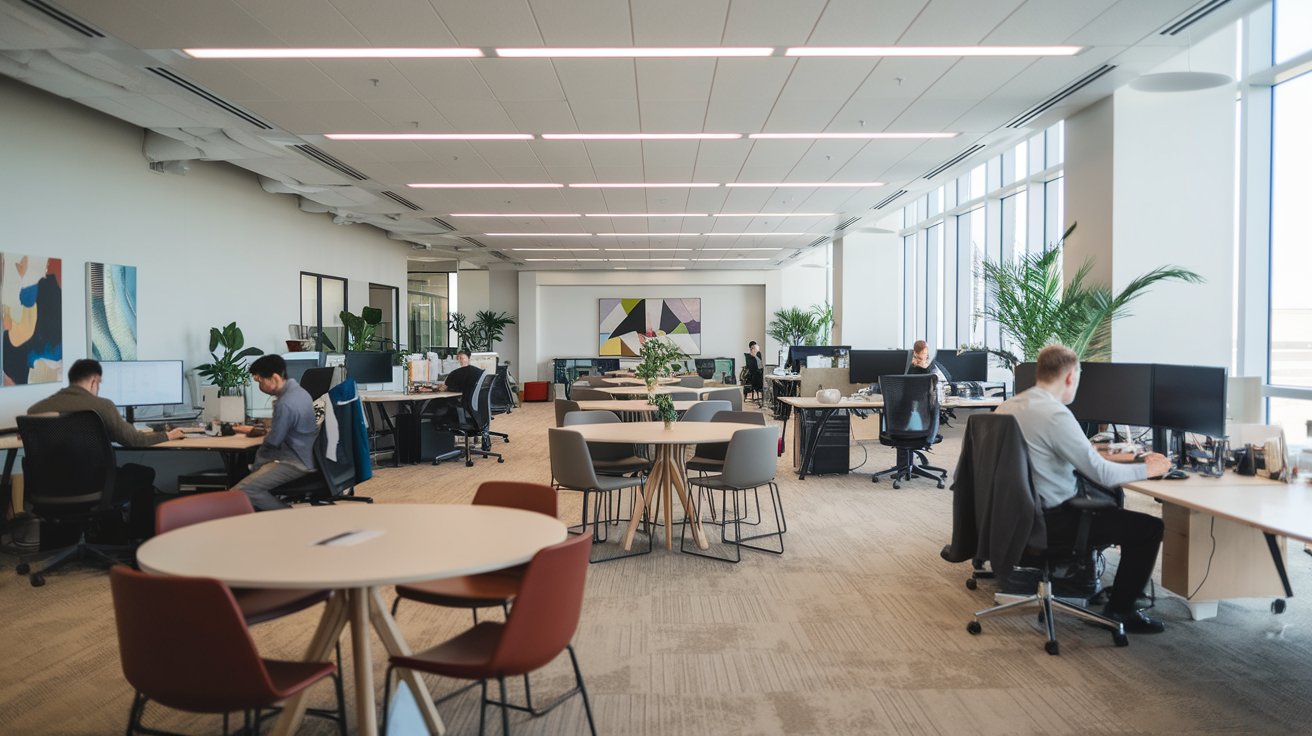
Light and Cognitive Function
Our bodily clocks require natural light for their good functioning, which subsequently enhances thinking and performance. Neuro-designers strive to design lighting systems that mimic the natural patterns of daylight during the course of the day. The orientation of windows and light wells is such as to maximize the receipt of daylight into the space. The other artificial lighting systems used have been designed with variable color temperatures to assist in maintaining fluctuations of various hormone levels, such as cortisol and melatonin. Balanced levels of these hormones enhance mental clarity as well as sleep quality, both critical for cognitive health.
The Power of Biophilic Elements
Humans have evolved in natural settings, and including nature in indoor spaces can greatly reduce stress and enhance brain function. Neuro-design integrates elements from nature, such as living walls that clean the air and provide visual appeal. Designers use natural materials to stimulate our sense of touch and incorporate organic patterns that reduce mental fatigue. Water features add soothing sounds that create a calming atmosphere, while views of nature can help recharge our attention and focus.
Acoustic Design for Mental Clarity
Sound plays a critical role in how our brains process information and manage stress. Neuro-designers carefully craft acoustic environments that foster mental well-being. They use sound-absorbing materials in key areas to lower cognitive load. Quiet zones are created to allow for deep concentration and meditation. Pleasant background sounds can mask distracting noises, while acoustic barriers delineate different spaces, providing comfort and focus.
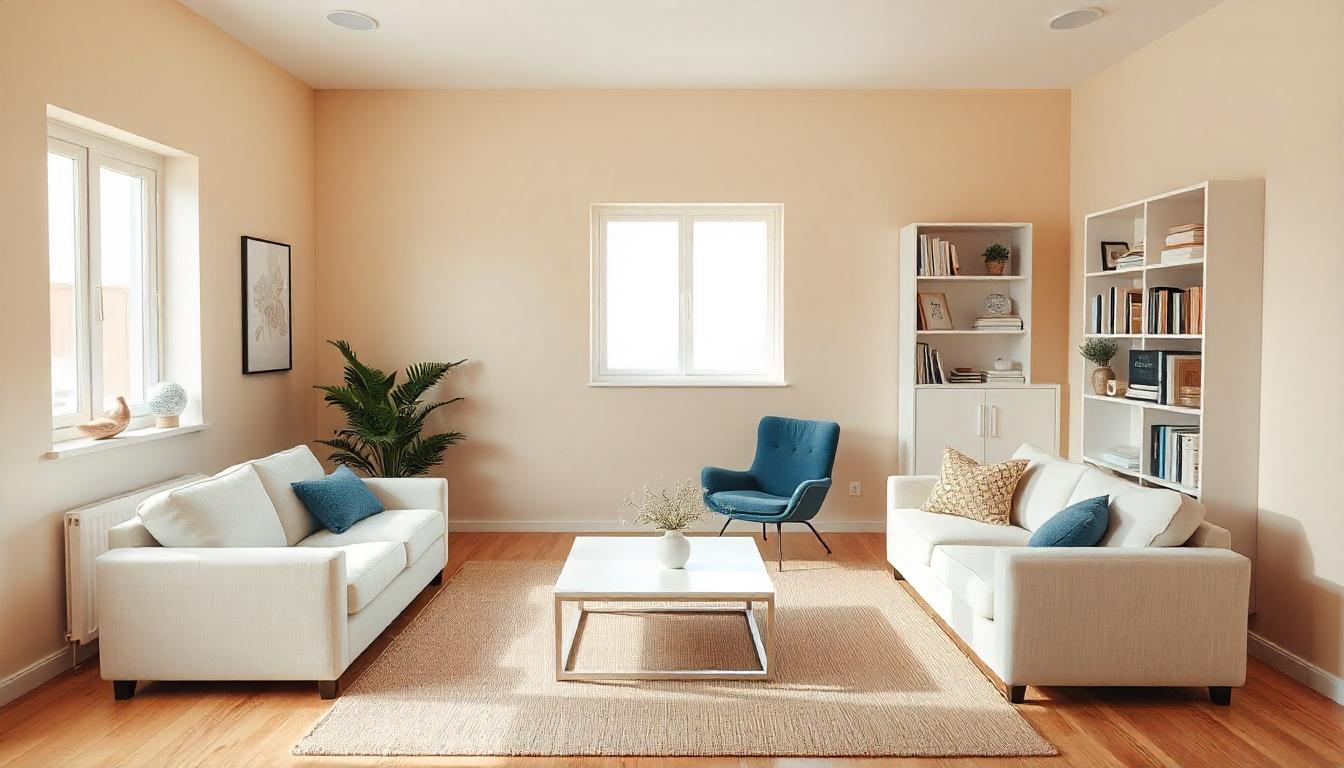
Color Psychology and Brain Function
Choosing colors in neuro-design is not just about aesthetics; colors can also affect how our brains operate. Based on research, specific color schemes can be used to improve concentration in work areas, promote relaxation in rest spaces, stimulate creativity in collaborative zones, and support emotional balance in transitional spaces. This strategic use of color helps create environments tailored to various activities and moods.
Spatial Flow and Cognitive Navigation
The design of a space influences how we navigate it, which in turn affects our stress and cognitive load. Neuro-design principles focus on creating intuitive pathways that minimize decision fatigue. Clear sight lines enhance feelings of security, while balanced proportions create psychological comfort. Thoughtful planning of spaces allows for natural movement patterns, making it easier for occupants to engage with their environment.
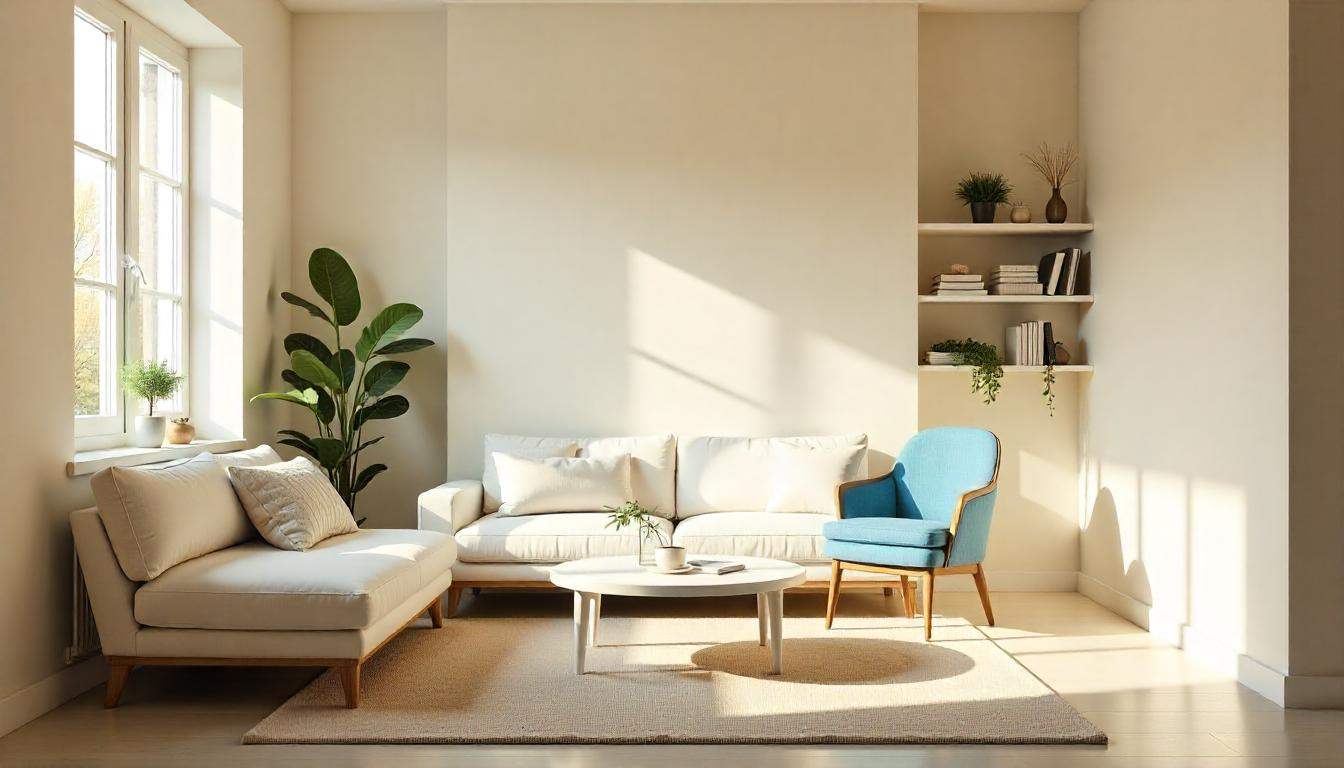
Sensory Integration and Balance
Our brains interpret multiple sensory inputs at once. Neuro-design seeks to create balanced environments that offer sensory stimulation without causing overwhelm. This includes a variety of textures that engage the sense of touch yet remain pleasing. Designers might incorporate subtle scents that aid emotional well-being, visual complexity that captures interest without distraction, and thermal comfort zones that promote cognitive performance.
Social Spaces and Neural Networks
Humans are inherently social beings. Neuro-design recognizes the importance of social interaction while also allowing for private moments. Spaces are created to encourage healthy social engagement, with flexible areas that invite spontaneous gatherings. At the same time, private nooks provide individuals with solitude for reflection and rest. Collaborative spaces are designed to enhance social connections, while buffer zones help manage social energy and provide relief from overstimulation.
Technology Integration for Brain Health
Modern neuro-design leverages technology to further enhance cognitive well-being. Smart home systems can adjust lighting, temperature, and sound based on individual needs and preferences, creating an environment that is both responsive and supportive. This integration of technology into design not only aids in creating comfort but also encourages habits that contribute to healthier brain function.
As neuro-design continues to influence interior spaces, it offers a promising direction for creating environments that nurture our cognitive health and overall well-being.
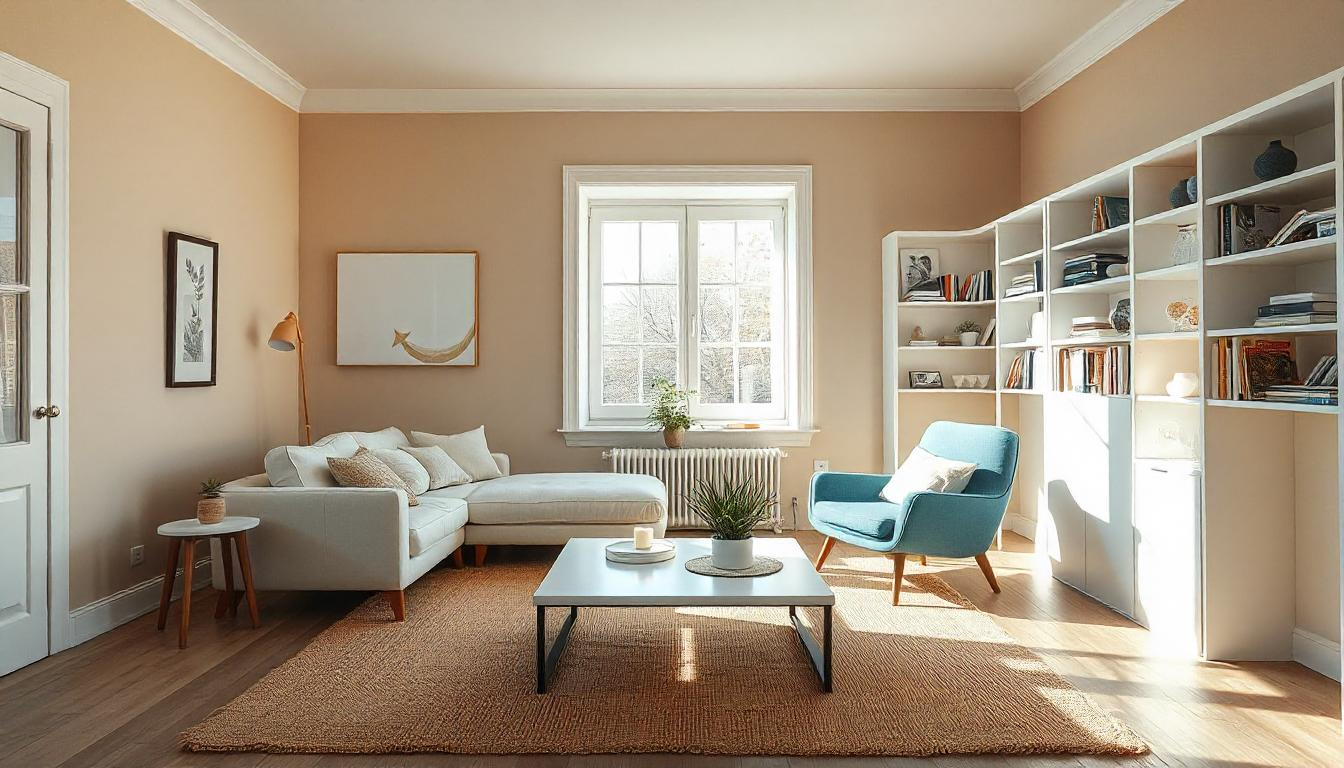
Measuring Success Through Neurofeedback
The success of neuro-design can be gauged using a range of specific metrics. First, one of the most significant indicators is the level of stress hormones present in occupants. By analyzing these hormone levels, we can gain insights into how effectively a space helps reduce stress. Next, cognitive performance assessments are used to evaluate how well individuals think, learn, and problem-solve in different environments. These assessments provide a clear picture of how the design impacts mental functioning. Another important metric is the quality of sleep experienced by occupants. Improvements in sleep can signal that a space promotes relaxation and restfulness. Emotional well-being indicators also play a crucial role in measuring success. These indicators can reflect the mood and overall mental health of individuals in the space. Lastly, productivity and creativity metrics offer a window into how well a space fosters innovation and efficiency. These various measures combine to give a comprehensive view of the effectiveness of neuro-design in promoting a healthy mental environment.
Future Directions in Neuro-Design
As advancements in neuroscience continue to unfold, new trends in neuro-design are emerging. One exciting direction is the creation of personalized environments that adjust to meet the unique cognitive needs of individuals. This tailoring can greatly enhance comfort and functionality. Another trend involves real-time environmental adjustments based on physiological feedback. This means spaces could change instantly to better suit the needs of the people within them. The incorporation of virtual and augmented reality for cognitive enhancement is also gaining traction. These technologies can create immersive experiences that stimulate the mind and enhance learning. Finally, the development of advanced materials that respond to an occupant’s mental state is on the rise. These materials can dynamically change based on how a person is feeling, further improving the space’s ability to support cognitive health.
Conclusion
Neuro-design marks a significant shift in how we consider interior spaces. This approach moves beyond simply focusing on aesthetics to embrace evidence-based design that actively promotes cognitive well-being. As our understanding of how the brain interacts with its environment grows, we can anticipate even more refined strategies for creating supportive spaces. The future of interior design is not solely about crafting attractive settings. It involves designing environments that harmonize with our mental processes to enhance cognitive function and overall mental health. Through ongoing collaboration between neuroscientists and designers, we are developing spaces that genuinely foster mind growth and well-being.


